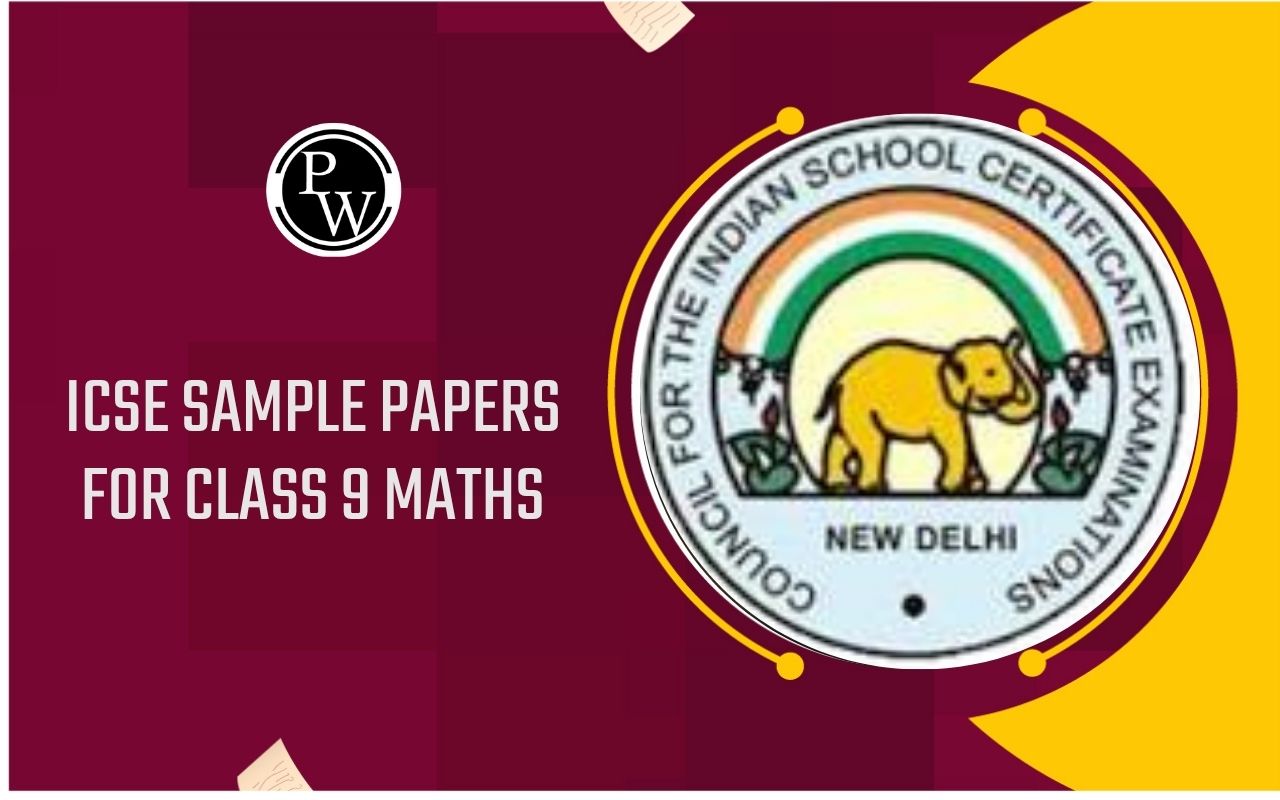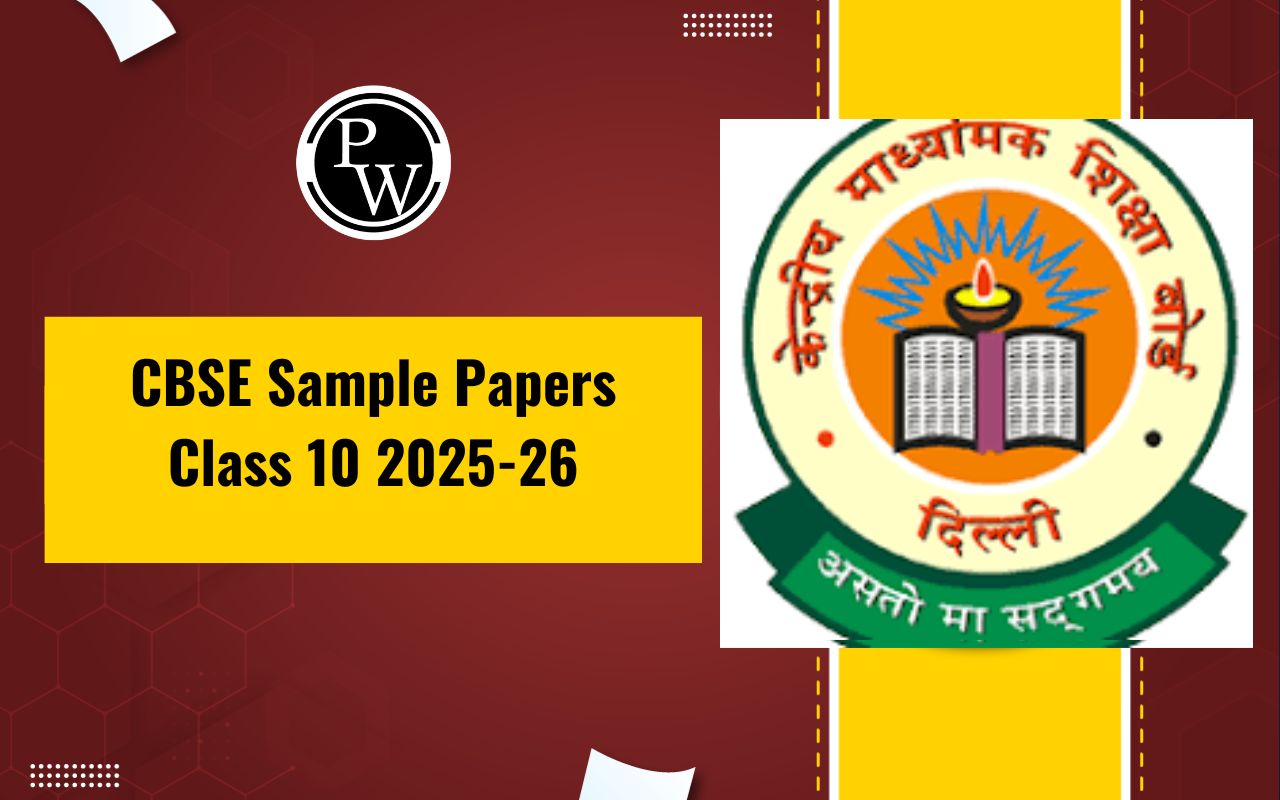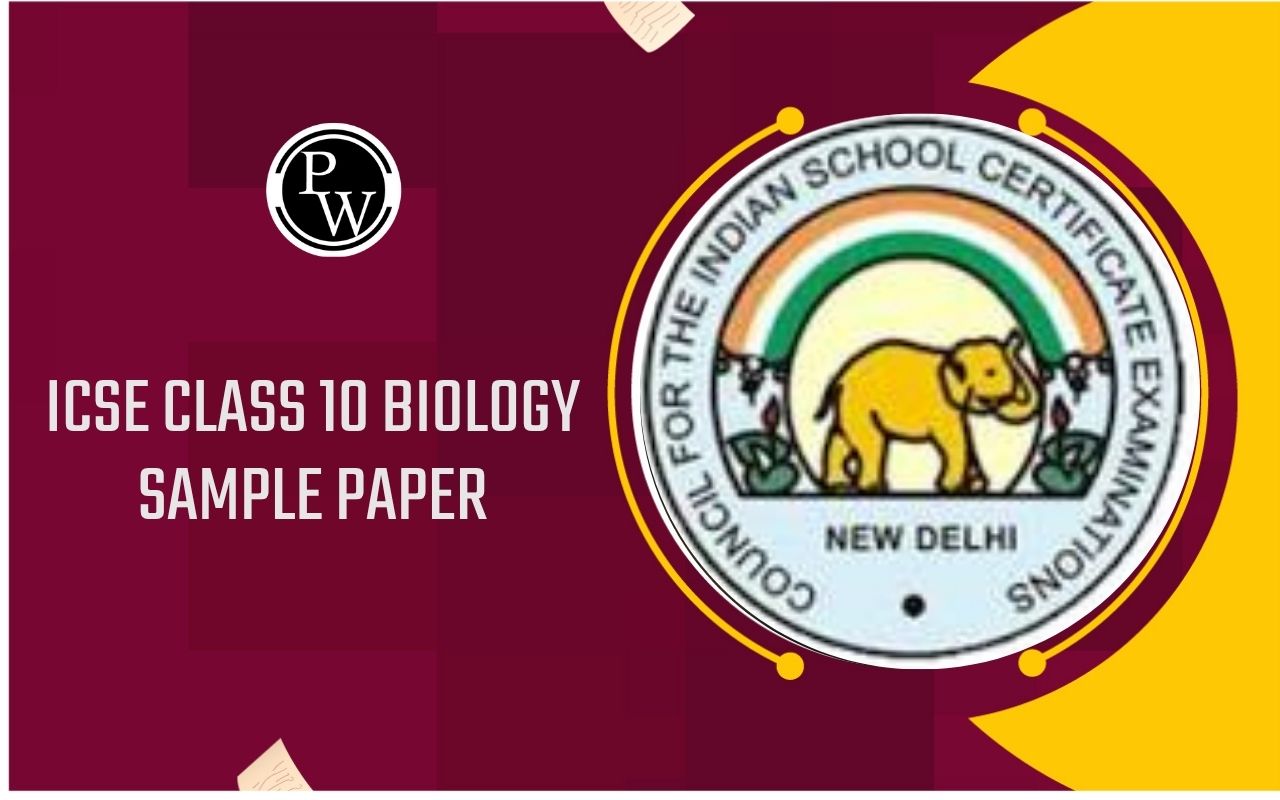

The empirical formula, often referred to as the simplest formula, plays a crucial role in chemistry by providing insights into the fundamental composition of chemical compounds. It reveals the smallest whole-number ratio in which atoms combine within a compound, offering a clear understanding of how different elements are proportionally arranged. This information is particularly valuable because
it simplifies complex molecular structures into easily interpretable ratios, aiding in the identification and classification of substances. By considering the relative quantities of each element, the empirical formula acts as a chemical signature, helping scientists and researchers comprehend the elemental makeup of compounds, predict their properties, and study their behavior in various reactions and processes.
Also Check - Molecular Speed Formula
Steps for Determining the Empirical Formula
- Begin with the given quantities of each element in grams.
- If percentages are given, consider a total mass of 100 grams, setting the mass of each element equal to its respective percentage.
- Transform the mass of each element into moles by utilizing their individual molar masses obtained from the periodic table.
- Divide the number of moles for each element by the lowest number of moles calculated.
- Round the resulting values to the nearest whole number, representing the mole ratio of the elements.
- If necessary, multiply each value by the same factor to achieve the lowest whole-number multiple (e.g., if the value is x.1 to x.9).
To determine the molecular formula of a compound when you have the empirical formula, you must have the molar mass of the compound. Calculate the ratio between the molecular formula and the empirical formula by dividing the molar mass of the compound by that of the empirical formula. Then, multiply each atom's subscripts by this ratio to determine the molecular formula.
Also Check - Mole Fraction Formula
Empirical Formula Solved Examples
Problem 1: Calculate the empirical formula of a compound containing 88.79% oxygen (O) and 11.19% hydrogen (H).
Solution:
Assume 100.0g of substance, matching the percentages to grams:
11.19g H
88.79g O
Convert grams to moles:
H: (11.19/1.008) = 11.10 mol H atoms (Molar mass of H=1.008g/mol)
For oxygen (O), when you convert 88.79 grams to moles, you get 5.549 moles of O atoms, considering a molar mass of 16.00 g/mol.
Initially, the formula appears as H11.10O5.549. However, we simplify to the smallest whole number ratio:
H = 11.10/5.549 ≈ 2.000
O = 5.549/5.549 ≈ 1.000
The simplest ratio of H to O is 2:1, yielding the empirical formula H2O.
Problem 2: Determine the empirical formula of an iron sulfide compound formed by combining 1.926g of sulfur (S) with 2.233g of iron (Fe).
Solution:
Given masses of each element:
Fe: 2.233g
S: 1.926g
Convert grams to moles:
Fe: (2.233g /55.85g) = 0.03998 mol Fe atoms (Molar mass of Fe=55.85g/mol)
For sulphur (S), converting 1.926 grams to moles gives 0.06006 moles of S atoms, with a molar mass of 32.07 g/mol.
Divide by the smallest number to achieve whole numbers:
Fe = 0.03998/0.03998 ≈ 1.000
S = 0.06006/0.03998 ≈ 1.502
To obtain whole numbers, multiply by a factor:
Fe: (1.000)2 = 2.000
S: (1.502)2 ≈ 3.004
The empirical formula is Fe2S3.
Problem 3: A compound consists of 75.8% carbon (C), 8.5% hydrogen (H), and 15.7% oxygen (O). Determine the empirical formula for this compound.
Solution:
Consider 100.0g of the compound and convert the percentages into grams:
75.8g C
8.5g H
15.7g O
Now, convert grams to moles:
C: (75.8g / 12.01g/mol) ≈ 6.313 mol C atoms
H: (8.5g / 1.008g/mol) ≈ 8.432 mol H atoms
O: (15.7g / 16.00g/mol) ≈ 0.981 mol O atoms
Find the smallest mole ratio by dividing by the smallest number (0.981):
C ≈ 6.313 / 0.981 ≈ 6.434
H ≈ 8.432 / 0.981 ≈ 8.584
O ≈ 0.981 / 0.981 ≈ 1.000
When rounded to the nearest whole number, it's approximately C6H9O1. We often simplify it to C6H9O for convenience.
Empirical Formula FAQs
What is the Empirical Formula?
How do you calculate the Empirical Formula?
. What is the Molecular Formula?
How is the Molecular Formula determined from the Empirical Formula?












